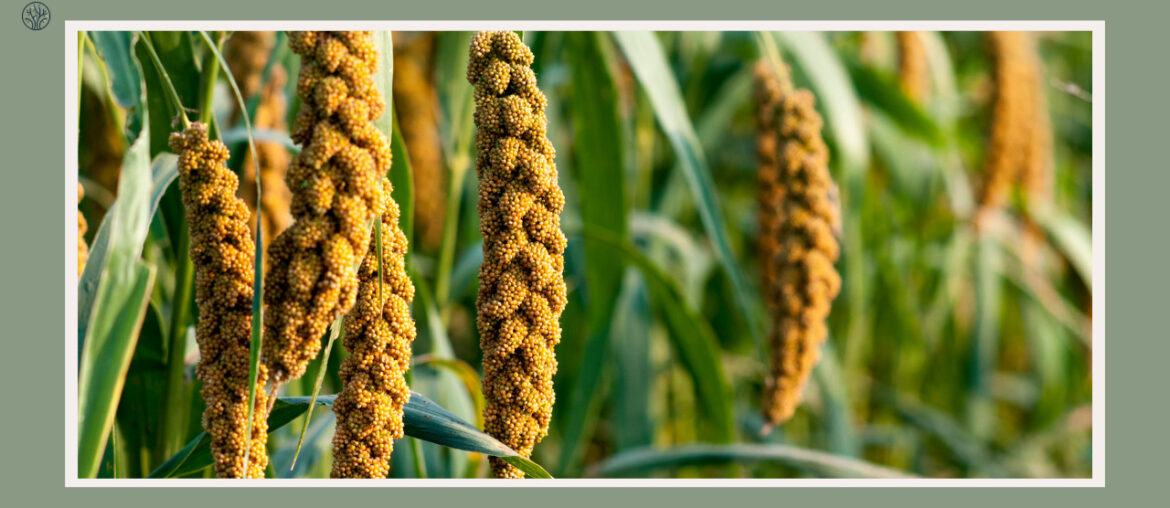Nature seems to repeat itself, creating plants with similar shapes to life or plants that look very similar to each other. These plants not only captivate us visually but also serve as a testament to nature’s playful side.
In today’s blog, we will examine 6 plants that look like corn stalks and learn more about their origins, characteristics, and uses.
Key takeaways
- Plants that resemble corn stalks showcase nature’s mimicry, appealing to those interested in plant diversity and adaptation.
- These plants can create a cornfield-like aesthetic without growing actual corn.
- They can live in different climates, but their invasive nature in some cases calls for responsible gardening.
- Great Millet and Giant Reed have practical uses beyond aesthetics, including as grain crops and in erosion control.
- Indoor varieties like Massangeana improve indoor aesthetics and air quality, while outdoor varieties serve different landscaping needs.
Great Millet
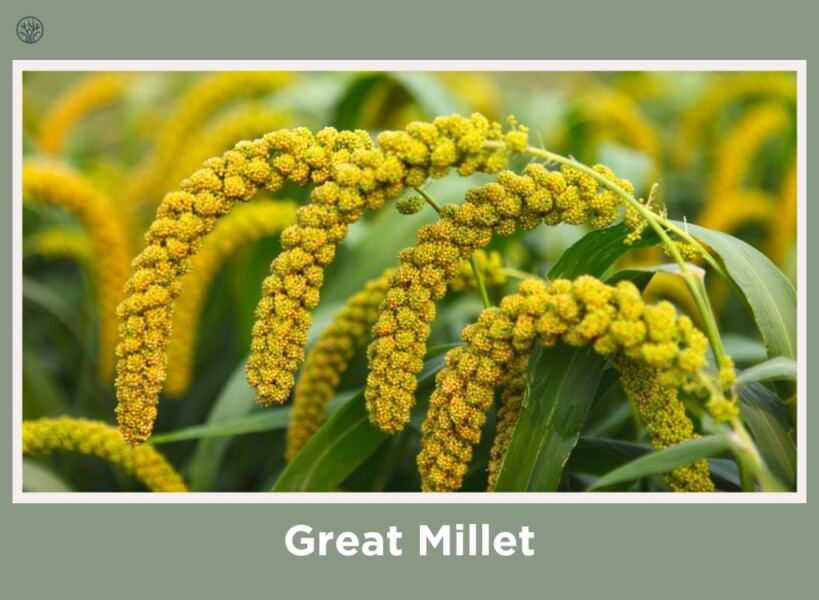
Great Millets are remarkable plants that look like corn stalks but with more benefits. This plant can grow in different weather conditions and produce grains that feed many people around the world. Here are some key features and facts about Great Millet:
- Appearance: Great Millet has tall, strong stalks with wide, flat leaves that resemble corn plants. It can grow up to 5 meters high.
- Growth Habits: Great Millet is one of the fastest-growing crops, reaching maturity in 60 to 90 days.
- Uses: Its grains are rich in protein, fiber, iron, and calcium. They can also be used to make bread, porridge, beer, etc.
- Care Tips: This plant prefers full sun and well-drained soil, making it a relatively low-maintenance choice for gardeners.
Massangeana
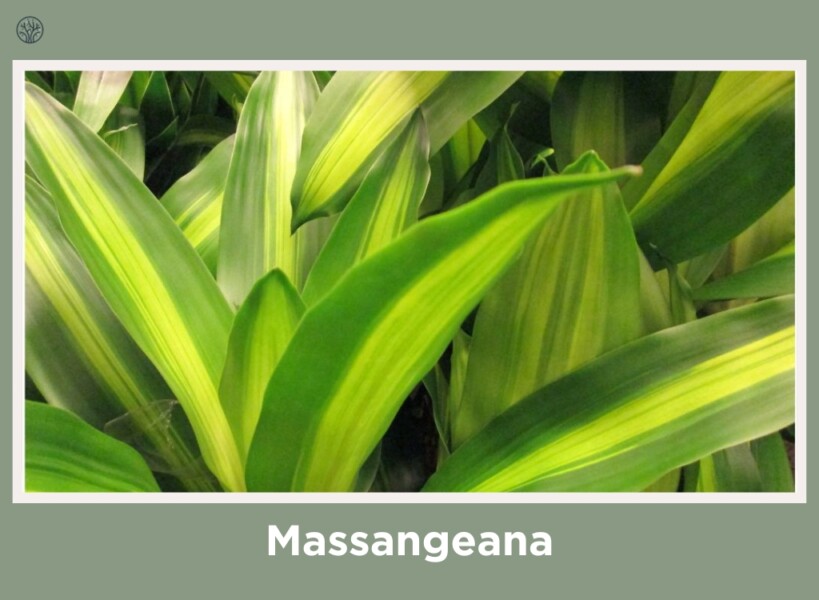
Massangeana, also known as the Corn Plant, is a beautiful and beneficial indoor plant. It has a graceful shape and leaves that look like corn leaves. This Dracaena species can brighten up any indoor space with its green charm. Though not as hardy as cactus, the Corn Plant is still an easy-to-care-for indoor plant.
- Appearance: Massangeana has a tall, slim form and leaves that resemble corn leaves. It can grow up to 2 meters high.
- Growth Habits: Massangeana likes indirect light and moderate temperatures, which are perfect for indoor environments.
- Uses: This plant can filter out certain toxins from the indoor air.
- Care Tips: Massangeana is a low-maintenance plant, needing only occasional watering and minimal pruning.
Johnson Grass
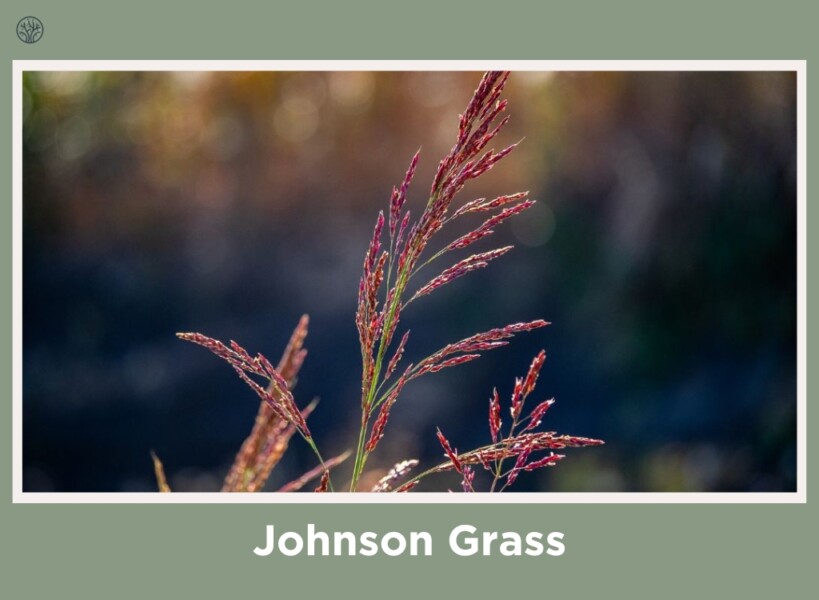
Johnson Grass is also one of the many plants that look like corn stalks, especially in its early growth stages. It is a tall grass with wide, smooth leaves that have a noticeable vein in the middle. However, it can spread quickly and take over the land where other plants are growing.
- Appearance: This grass has tall, thin stems and broad, corn-like leaves. The leaves are generally smooth and have a prominent midrib.
- Growth Habits: It grows rapidly and can reach heights of up to 2.5 meters, similar to young corn plants.
- Invasive Nature: Johnson Grass is often considered a noxious weed due to its aggressive growth and tendency to overrun cultivated areas.
- Care Tips: Controlling Johnson Grass requires constant effort. Some common methods are mowing, tilling, and applying herbicides.
Quackgrass
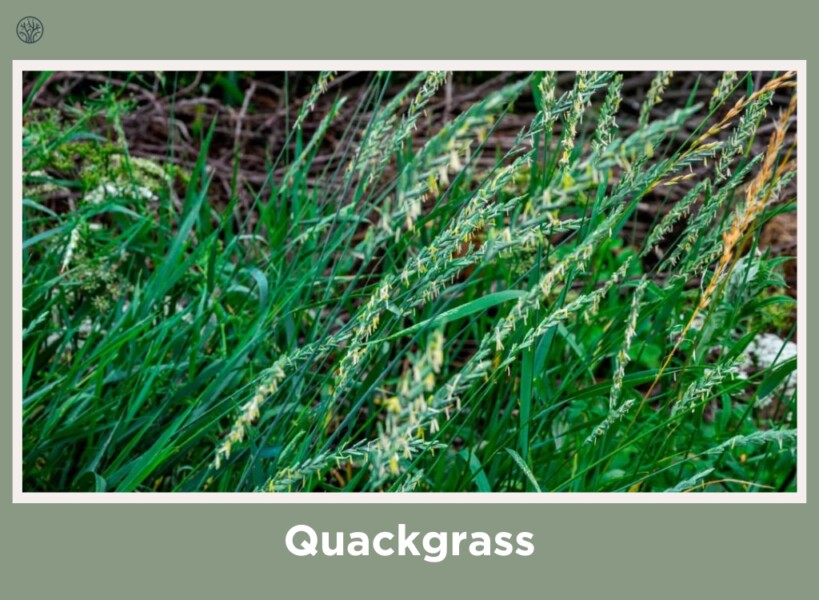
Source: TruGreen
Quackgrass is a plant that can look like corn stalks when it is young, but it is actually a troublesome living weed. It has long, thin leaves that grow in clumps.
- Appearance: It features a clumping growth habit with long, narrow leaves that can resemble young corn plants.
- Growth Habits: Quackgrass has an extensive and robust rhizome network, which makes it a challenge to eradicate once established.
- Invasive Nature: This grass is highly adaptable and can thrive in a wide range of soil types and conditions.
- Care Tips: Effective management of Quackgrass often involves a combination of mechanical removal (like digging out) and the use of selective herbicides.
Giant Reed
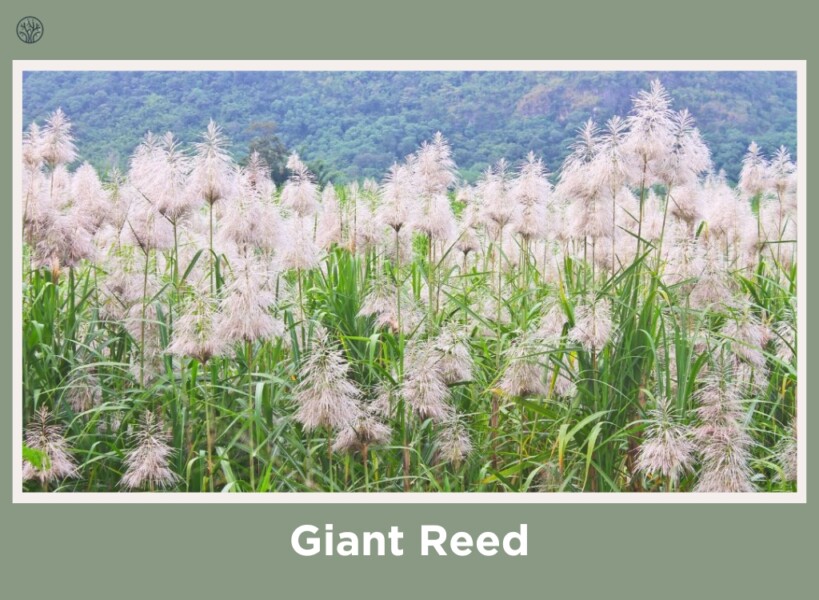
Giant Reed is another plant that can be mistaken for corn stalks due to its bamboo-like height and leaf structure. Here are some notable features of Giant Reed:
- Appearance: This plant has long, slender leaves and tall, sturdy stems, which can give it a corn-like appearance from a distance.
- Growth Habit: Giant Reed can grow exceptionally tall, often exceeding the height of an average corn stalk.
- Invasive Nature: It’s important to note that Giant Reeds can be invasive in some regions, out-competing native plants and altering local ecosystems.
- Uses: Despite its invasive nature, Giant Reed has been used for various purposes, including erosion control, ornamental uses, and even in the production of musical instruments.
Crabgrass
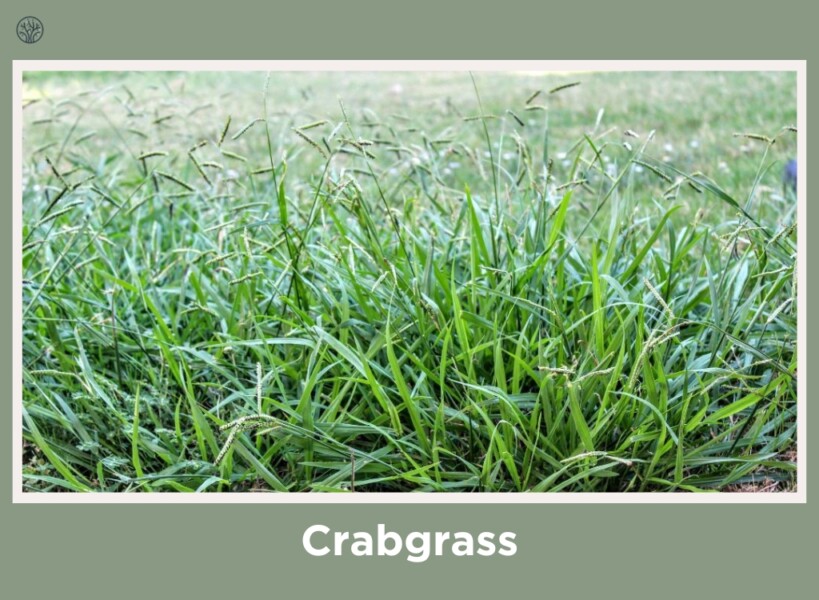
Crabgrass, commonly found in lawns and gardens, can sometimes be confused with young corn stalks. Here’s what sets Crabgrass apart:
- Appearance: This grass has a sprawling growth pattern with stems that radiate out from a central point. The leaves are similar to those of young corn plants but are generally shorter and more tapered.
- Growth Cycle: Crabgrass is an annual plant, meaning it completes its life cycle within one growing season.
- Lawn Management Challenge: Crabgrass is often considered a weed in lawns due to its invasive nature and ability to quickly take over bare spots in the turf.
- Control Strategies: Effective control of Crabgrass includes maintaining a healthy, dense lawn, timely mowing, and the use of pre-emergent herbicides in early spring.
FAQs
What is the tall plant that looks like corn?
The tall plant often mistaken for corn is the Corn Plant (Dracaena fragrans ‘Massangeana’). It’s a popular indoor plant that can grow up to 6 feet tall. It has long, green leaves with a yellow or light green stripe down the middle, resembling the leaves of a corn plant.
Are there any corn-like flower plants?
A corn-like flower plant is typically the Giant Reed (Arundo donax). This is a perennial grass that can grow up to 20 feet tall outdoors. It has slender, green leaves that are similar to those of a corn plant, but with a rougher texture. The Giant Reed also produces fluffy, cream-colored flowers that look like plumes or tassels. These flowers can be used for decoration or for making musical instruments.
What lily looks like a corn stalk?
The Corn Plant (Dracaena fragrans ‘Massangeana’) is not only a corn-like plant, but also a lily-like plant. Although it is not a true lily, it belongs to the same family as lilies (Asparagaceae). It has a similar growth habit and appearance as lilies, with a central, woody stem and long, narrow leaves.
What’s the difference between corn plants and sorghum plants?
The main difference between a Corn Plant (Dracaena fragrans ‘Massangeana’) and a Sorghum Plant is their uses and appearances. The Corn Plant is primarily an ornamental indoor plant, valued for its corn stalk-like appearance with long, striped leaves. In contrast, Sorghum is an outdoor grain-producing plant, used for its cereal grains and forage. While Sorghum resembles a corn stalk in height and leaf shape, it produces grain heads at the top and lacks the central, woody stalk of the Corn Plant.

